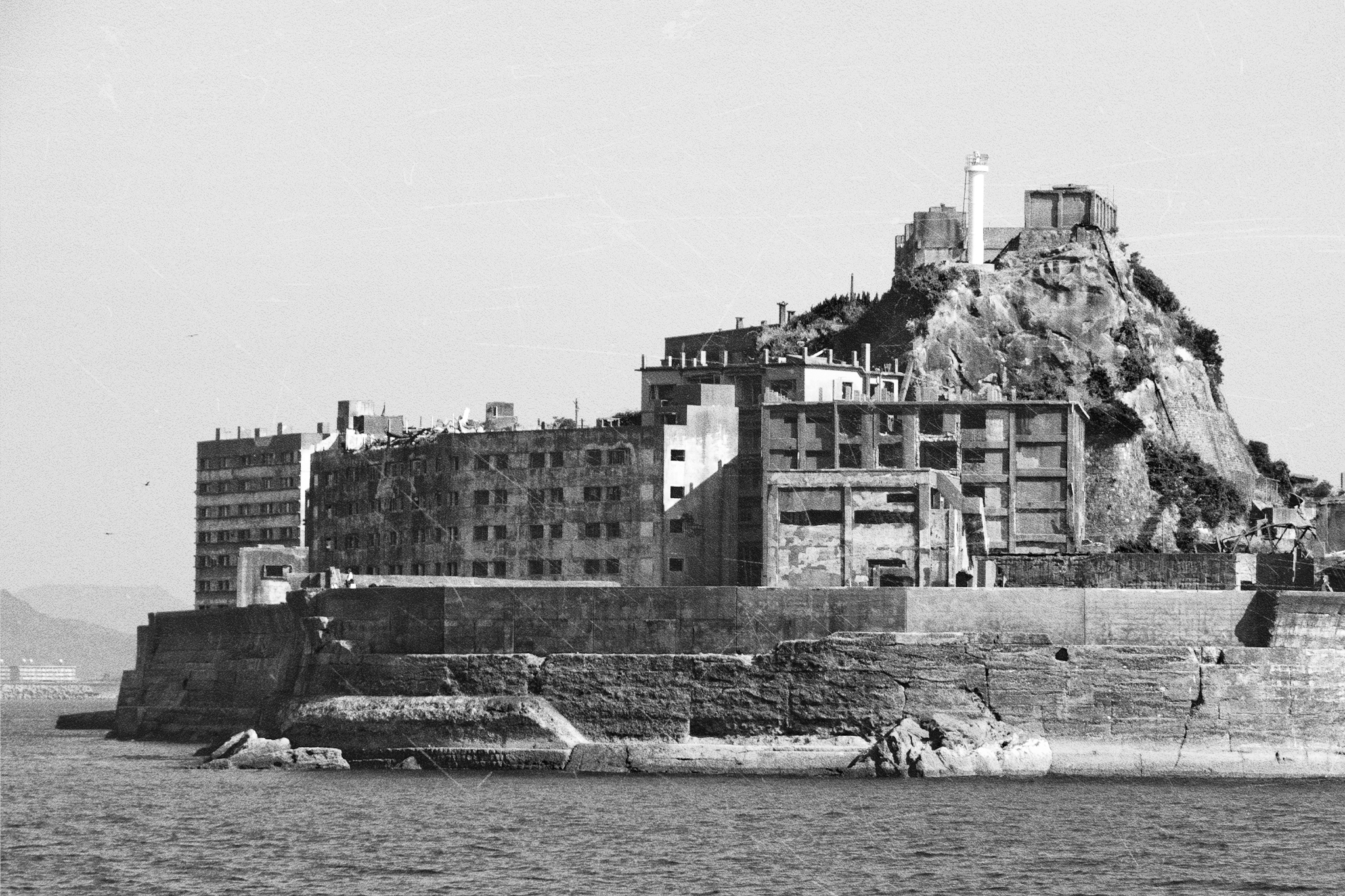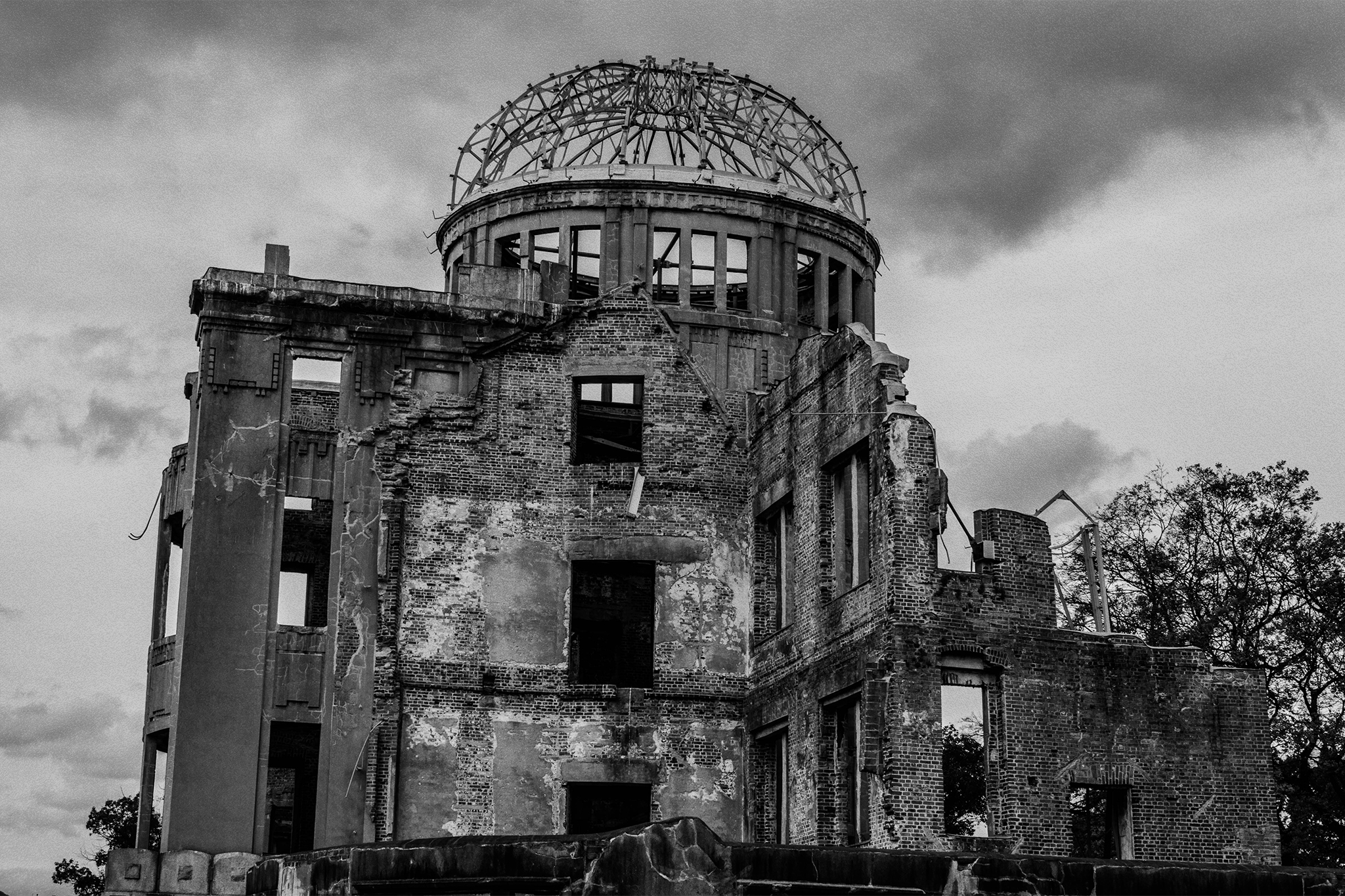
Hiroshima Peace Memorial | Image by Zaru Rosario via Shutterstock
Hiroshima
When it comes to dark tourism in Japan, two cities stand out above all others. The first is, of course, Hiroshima, which was hit by the atomic bomb “Little Boy” on August 6, 1945. Seconds after the detonation, the temperature at ground zero was estimated to be between 3,000 and 4,000 degrees Celsius. An hour later, “black rain” started falling on the city, causing additional radiation exposure. Between 90,000 and 166,000 are estimated to have died in the four-month period following the explosion. Most of the buildings in the vicinity of the hypocenter were destroyed. The only structure left standing in the area was the Hiroshima Prefectural Industrial Promotion Hall.
Some locals called for it to be torn down. Others felt it needed to be preserved as a memorial of that fateful day. Over three quarters of a century on and the sturdy building, now known as the Genbaku Dome, is one of Japan’s most famous tourist attractions. It’s part of Hiroshima Peace Memorial Park, which also features a cenotaph for the A-Bomb victims, a peace bell, the Children’s Peace Monument commemorating Sadako Sasaki and the thousands of other kids who died as a result of the bombing and the Flame of Peace, which will continue burning until there are no nuclear weapons left on earth.
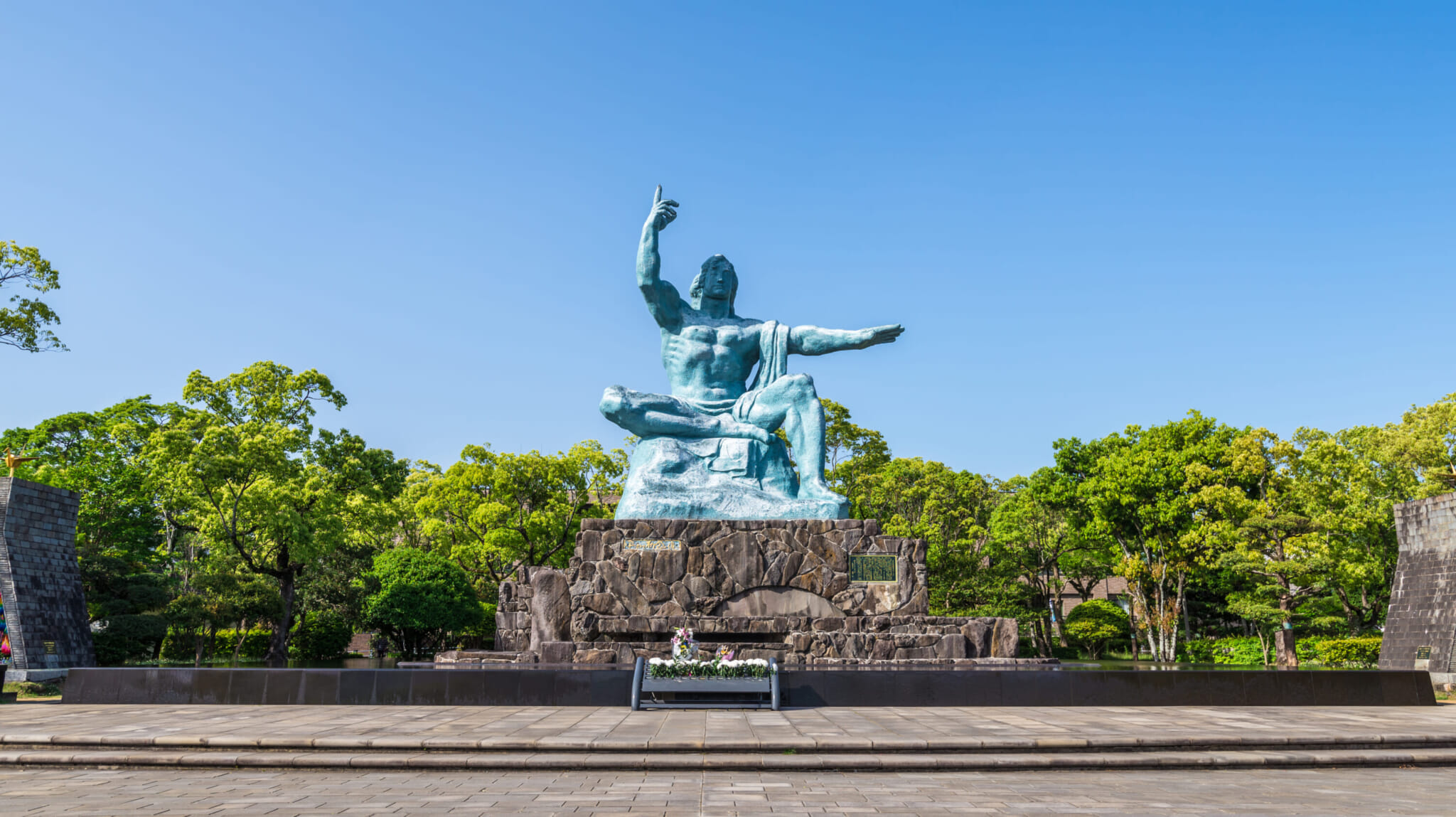
Nagasaki Peace Park | Image by EQRoy via Shutterstock
Nagasaki
Japan’s most famous dark tourism destination after Hiroshima is, of course, Nagasaki. It was the second, and so far, last city in the world to have experienced a nuclear attack. The explosive device, nicknamed “Fat Man,” was originally intended for Kokura in Fukuoka Prefecture. However, cloud cover and smoke from nearby bombings obscured visibility of the aiming point. With fuel running low, the B-29 bomber switched to its secondary target of Nagasaki. The bomb was dropped at 11:02am on August 9, 1945. It’s estimated that between 40,000 and 75,000 people were killed immediately by the explosion. Six days later, Emperor Hirohito announced Japan’s surrender via radio.
Visitors to Nagasaki often visit the Atomic Bomb Museum, which is only a few steps away from the hypocenter. Other standout sites related to the A-bomb attack include the ruins of the Urakami Cathedral wall, Sanno Shrine’s one-legged Torii gate and the giant camphor trees behind it, which were scorched and burned in the attack yet miraculously survived and have since been enveloped by new growth. Another dark event in Nagasaki’s history was the execution of the 26 Martyrs of Japan in 1597. The country’s ruler Toyotomi Hideyoshi staged the killings as a warning against Christians. Oura Church is dedicated to their memory. There’s also a monument in their honor.
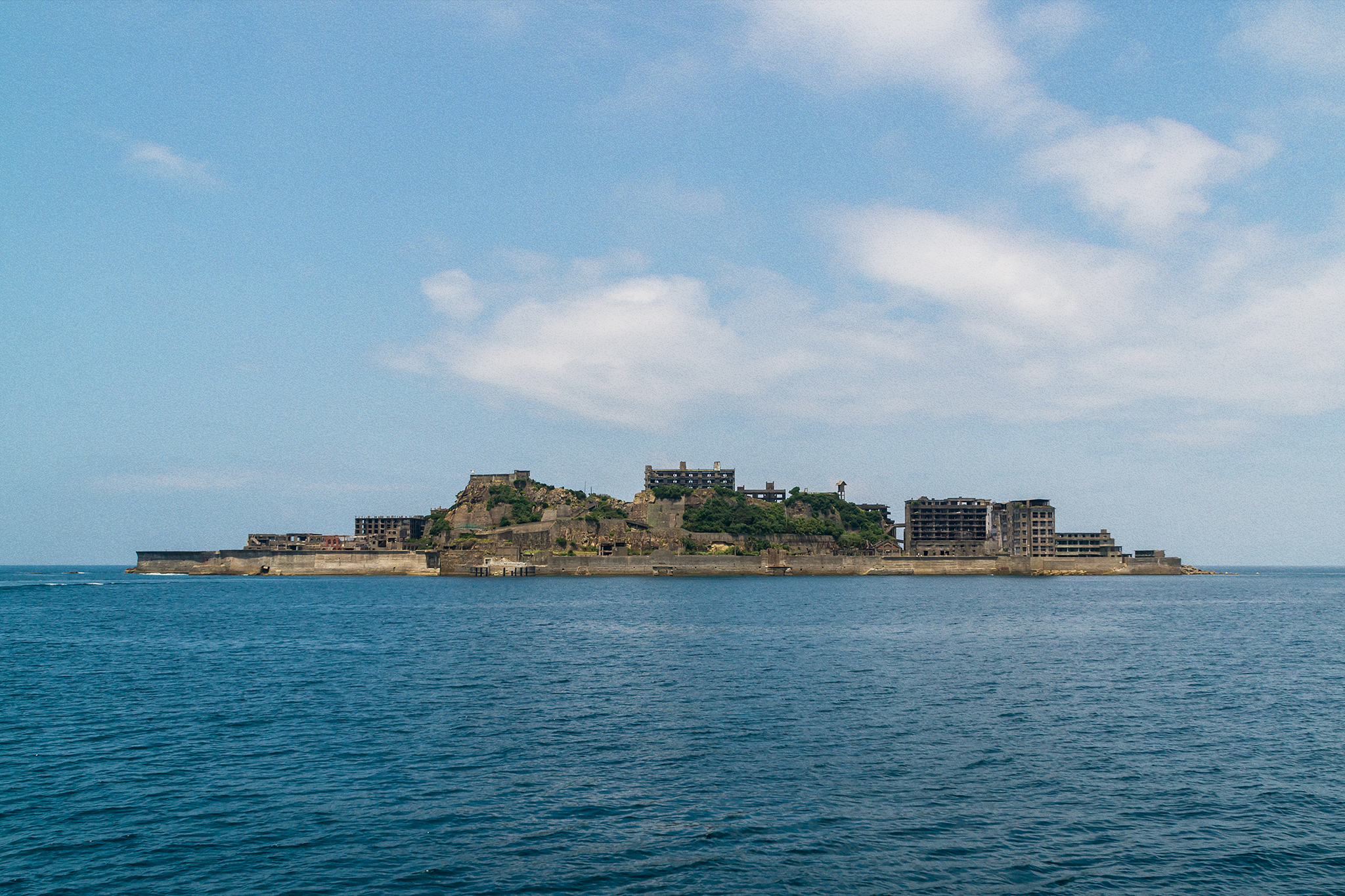
Hashima Island | Image by Michael Runkel / Westend61 on Offset via Shutterstock
Hashima Island
Staying in Nagasaki, Hashima Island is one of Japan’s most photogenic tourist destinations and was the inspiration for villain Raoul Silva’s deserted hideout in the James Bond movie Skyfall. Commonly called Gunkanjima due to its battleship-like shape, the coal mining island was purchased by Mitsubishi in 1890. From the 1930s to the end of World War II, thousands of Koreans and others were forced to work there against their will. Many conscripted laborers died due to the harsh conditions. The mine eventually closed in 1974 as petroleum replaced coal in Japan. It left the tiny island, which was once the most densely populated city in the world, completely deserted.
The ‘Ghost’ island was then closed to the public for decades. However, in 2009, the city of Nagasaki issued permits for ferry operators to take tourists there. They were given limited access to a section of the ruins. Visitors can’t get too close to the buildings, though, in case they collapse. Hashima Island is part of the “Sites of the Meiji Industrial Revolution,” which in 2015 was designated a UNESCO World Heritage site. Another haunting island worth visiting in Nagasaki is Ikeshima. Once a thriving coal-mining town with more than 10,000 inhabitants, there are now a little over 100 people living there. There are also many cats and abandoned buildings.
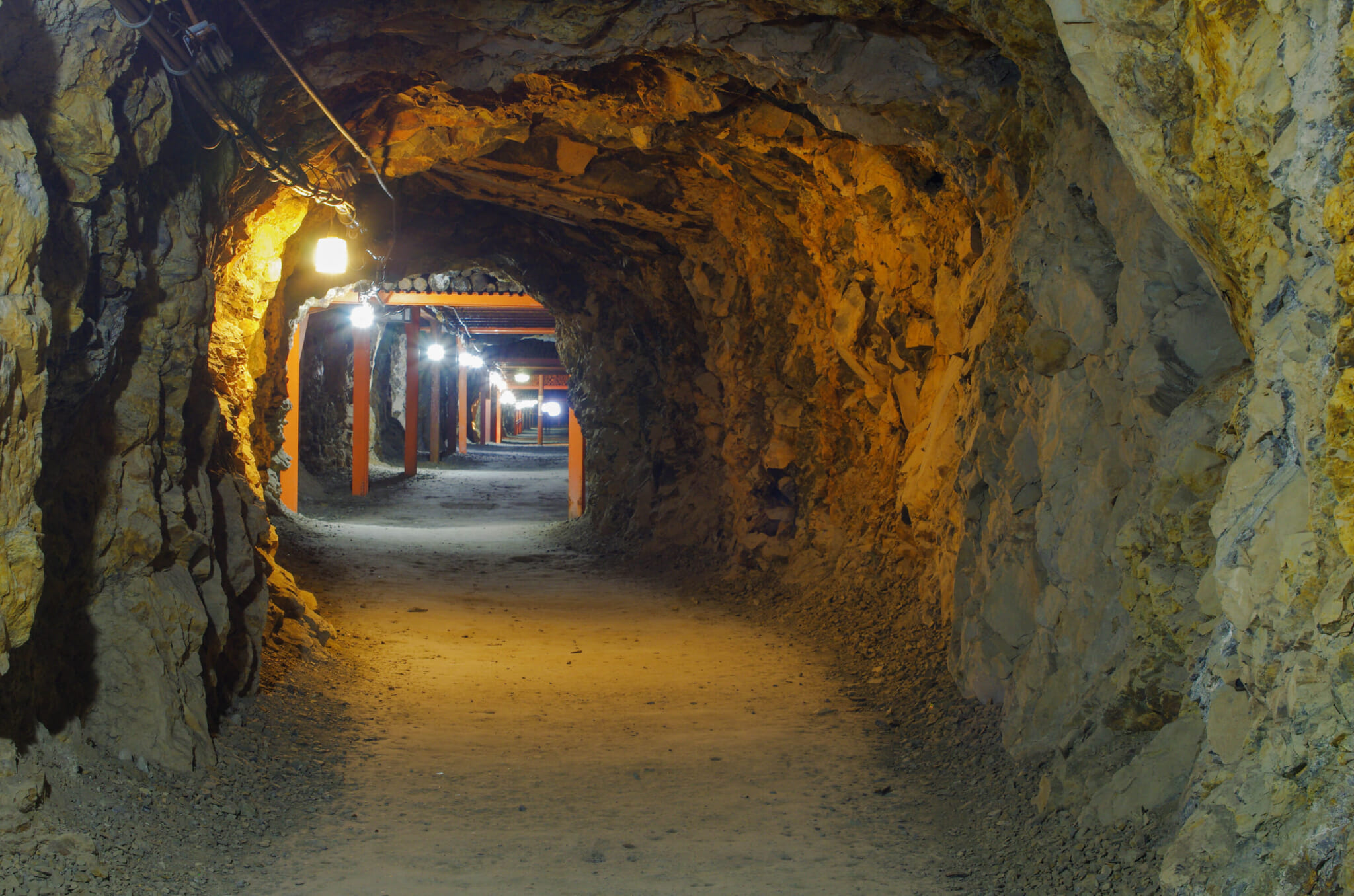
Matsushiro Underground Imperial Headquarters | Image by rokumon via Shutterstock
Matsushiro Underground Imperial Headquarters
For WWII buffs, there are plenty of sites away from Hiroshima and Nagasaki worth visiting. One of the eeriest is the Matsushiro Underground Imperial Headquarters in Nagano Prefecture. A large underground bunker constructed by thousands of Korean and some Japanese laborers during the war, it was built to house Emperor Hirohito and his family as well as military officials in the event of an allied invasion. Though it wasn’t completed, by the time Japan surrendered on August 15, 1945, around 5,900 square meters of floor space had been excavated. It’s estimated that roughly 1,500 workers died during construction due to malnutrition, exhaustion and execution.
From 1989 onwards, 500 meters of the facility became open to the public. While the tunnels are mostly bare, a small museum outside provides information regarding the conditions the laborers had to endure. Details are limited, however, as most of the documentation relating to the complex was destroyed. Moving closer to Tokyo, other tunnels related to WWII can be found in Yokohama, 30 meters below Keio University’s Hiyoshi Campus, and in Saitama, beneath the Hundred Caves of Yoshimi. In the former, the Imperial Japanese Navy commanded some of their most destructive battles, while the latter was used as an underground munitions factory.
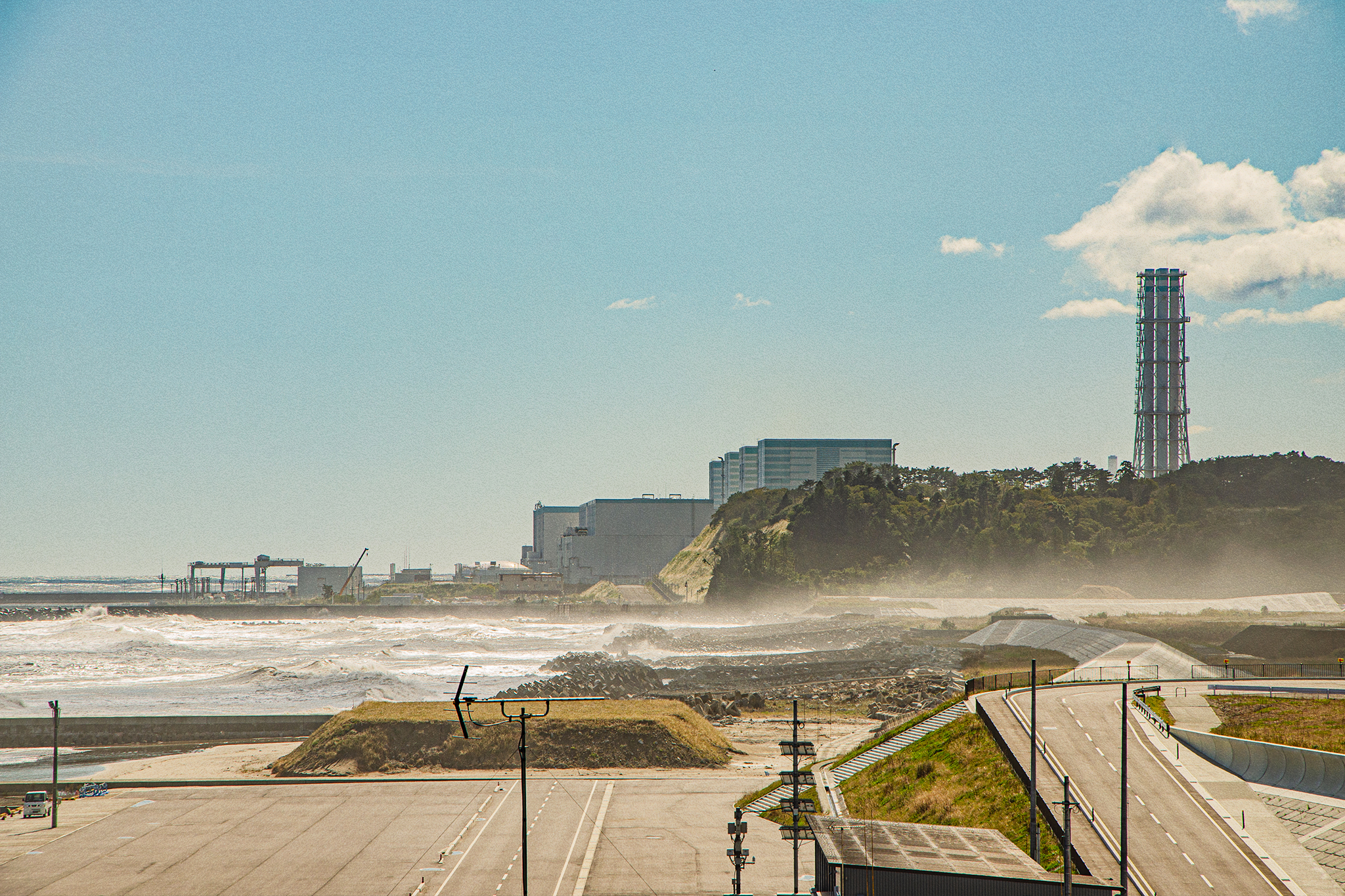
Fukushima Nuclear Plant chimneys | Image by Santiherllor via Shutterstock
Fukushima Exclusion Zone
Caused by a 9.0 magnitude earthquake and a tsunami with waves of up to 40.5 meters, the nuclear disaster at the Fukushima Daiichi Nuclear Plant in 2011 was the second worst in history behind the Chernobyl accident in 1986. It led to a 20-kilometer exclusion zone being declared around the crippled plant. A standard tour arranged by Real Fukushima includes visits to former shut-down areas as well as the current exclusion zone. For those interested in going in even deeper, there’s a monthly Fukushima Daiichi Nuclear Power Station Study Tour to learn about the site of the disaster and the decommissioning process.
According to Real Fukushima’s website, visitors’ accumulated radiation dose should be around 10-20 micro-sieverts, the equivalent of two dental X-rays. The company arranges official tours, unlike the one in the Netflix documentary Dark Tourist where narrator David Farrier was allowed off the bus to look around a destroyed amusement arcade in a “no returning” area. We then hear him speculating about the possibility of his food being contaminated despite the threshold for radioactive substances in ingredients from the region being lower than in the U.S. and the European Union. With the group’s Geiger counters constantly beeping, the program focused purely on shock-value rather than educating viewers about the recovery effort.
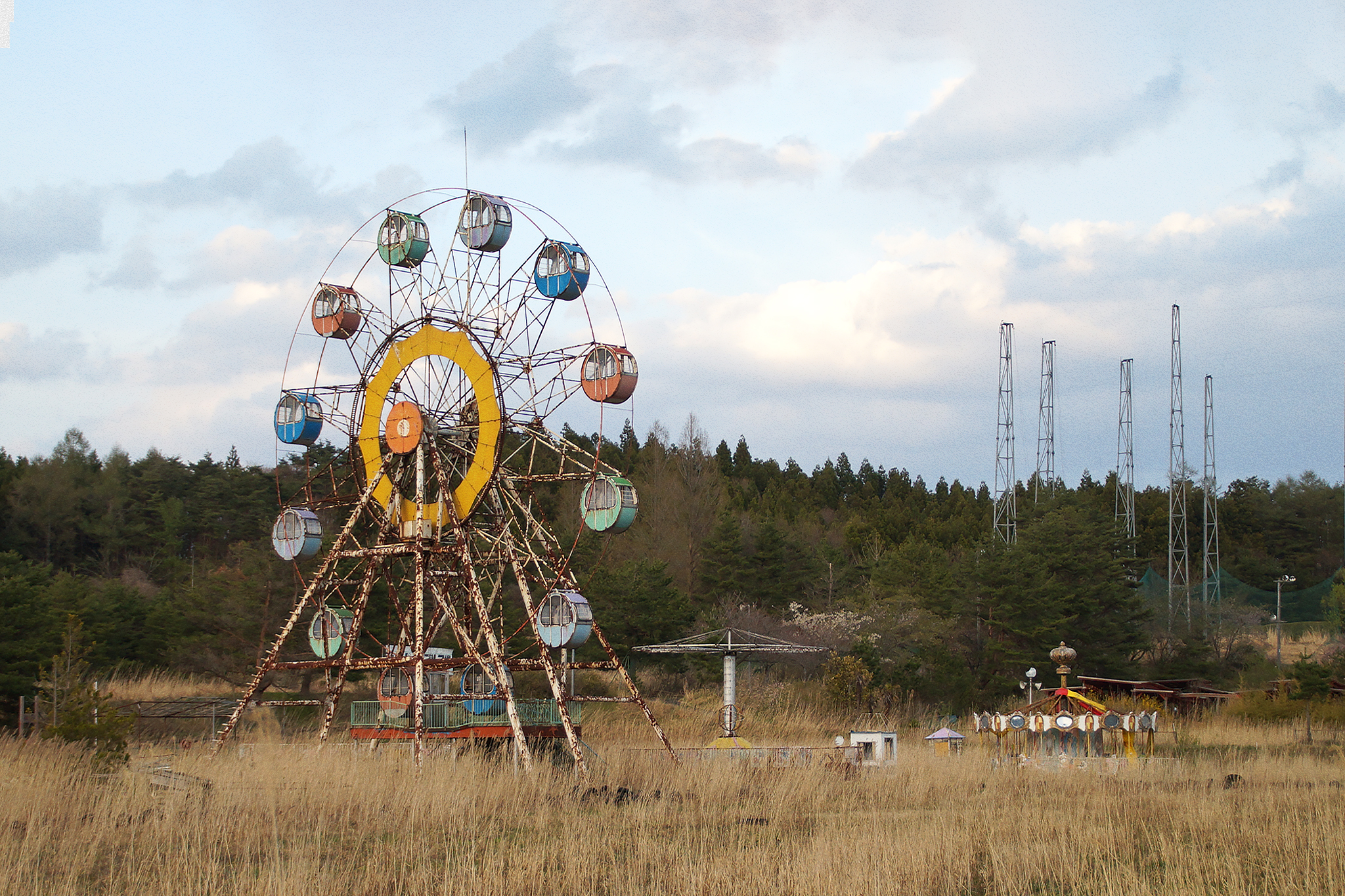
Kejonuma Leisure Land | Image by travelershigh via Shutterstock
Kejonuma Leisure Land
Heading north of Fukushima to its neighboring prefecture of Miyagi is where you’ll find Kejonuma Leisure Land. Once a thriving amusement park that attracted over 200,000 visitors annually, it’s now one of the country’s most famous obsolete ruins, known in Japanese as haikyo. Opened in 1979, the place was forced to close two decades later due to a significant drop in the number of customers. Superstitious people believe the park was always destined to fail. This was due to the supposed curse placed on the land by a beautiful damsel who gave birth to a snake and ended up killing herself.
Interest in Kejonuma, which means “pond of the ghost woman,” grew after it featured in a 2010 film. Many of the attractions stayed upright despite the earthquake and tsunami that occurred a year later and are still standing today, including the rusted Ferris wheel and carousel. There are several other abandoned theme parks in Japan. However, the most famous, Nara Dreamland, was recently demolished. As was the supposedly haunted Nakagusuku Hotel in Okinawa. For haikyoists, though, there are still so many famous abandoned sites and areas throughout the country to visit, including, among others, Hachijo Royal Resort, the ghost town of Nichitsu and the Shime Coal Mine.
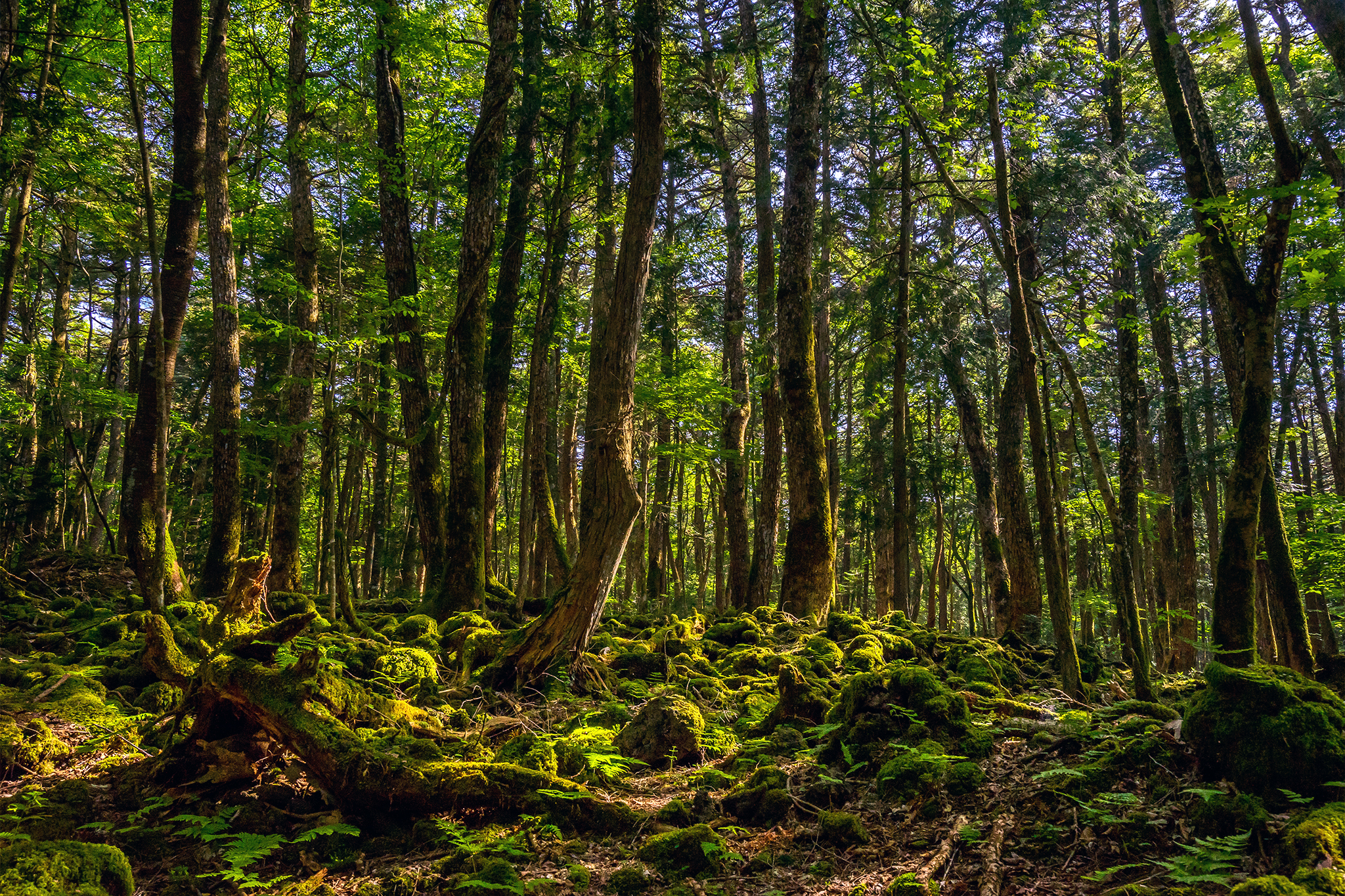
Aokigahara | Image by Marvin Minder via Shutterstock
Aokigahara
Another destination in Dark Tourist was Aokigahara, a hauntingly beautiful forest that’s sadly most well-known as Japan’s leading suicide spot. It featured in Hollywood movies such as The Sea of Trees with Matthew McConaughey and The Forest starring Natalie Dormer and then made global headlines at the beginning of 2018 when Logan Paul showed the body of a suicide victim on his YouTube channel. Following a barrage of criticism, he apologized for the video, but the damage had been done. At the very least, the episode showed potential visitors to the area the importance of being respectful and not trivializing or sensationalizing such a sensitive topic. 
The forest formed from hardened lava after Mount Fuji erupted in 864. According to folklore, it was a place where people once practiced ubasute — a form of senicide which involved dumping an elderly person in a remote place. It, therefore, became associated with death and evil spirits, known as yurei. The number of people taking their own lives there increased significantly in the 1960s after the release of Seicho Matsumoto’s novel Tower of Waves. It’s more than just a suicide spot, though. Commonly known as Jukai, meaning a “sea of trees,” it’s an ethereal forest with lush greenery and deep lava caves.

